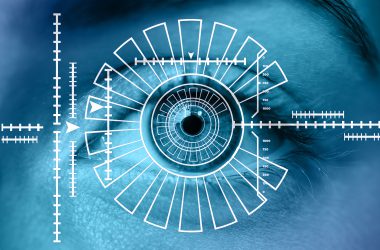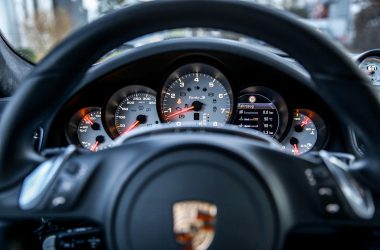Like every year people are gathering at the CES 2017 in Las Vegas to marvel latest technologies including autonomous and connected driving tech.
The first CES (Consumer Electronic Show) was launched about 50 years ago. Originally the show was centered on electronics industry innovations. But for a couple of years it has also grown to an exhibition venue for the automotive industry. The recent development is being enhanced by the synthesis between automotive and electronics industries, since digital know-how is required to implement autonomous driving. In total there will be more than 130 companies from the automotive industry participating in this year’s CES.
AI & LiDAR in the spotlight
At the CES there are both conventional car manufacturers and IT industry players dealing with self-driving cars and connectivity. All of them observe the trend towards Artificial Intelligence - latter is crucial to establish autonomous driving according to expert opinions. AI enables image processing, decision making and communication with humans, other vehicles and the environment.
Another vital element of CES 2017 is the LiDAR system development. Thanks to new technologies the need for mechanical parts is eliminated, making systems less expensive. Well-known LiDAR producer Velodyne, for example, has developed a sensor with a price around 50$. So far, LiDAR systems were often sold for five-figure sums. Apart from Velodyne new LiDAR systems were introduced by Quanergy, Continental and TriLumnia during the show.
Newcomer presentations
The vehicle generating the most buzz at the CES was the FF91, presented by Faraday Future. The FF91 is a SUV powered by electricity and able to drive automated. Its impressive power is about 1,050 HP. The central sensor is a LiDAR placed on the car’s hood. The car can identify its passengers through biometric data in order to be accessible.
Moreover the Swiss company Rinspeed was among the exhibitors introducing their concept car Oasis. The car is fully automated and can be controlled via voice control. Together with Harman, Rinspeed was able to use the whole windscreen as projection surface for overlays. Waymo aka Google’s Self-driving Car Project, was also represented at CES 2017 showing modified Chrysler Pacifica models.
What do established manufacturers have up their sleeve?
FCA (Fiat-Chrysler-Automobiles) revealed the new Chrysler Portal, which is running semi-autonomously now. It provides a parking assistance system, alertness monitoring, ACC and can steer itself on motorway lanes. Toyota however focuses on the interior of self-driving cars. The Concept-i system contains a voice-controlled assistant called Yui to support the driver. Via various displays at the front and rear it shall be capable of communicating with its environment.
Ford was also part of CES backing on their new and increasingly automated Ford Fusion Hybrid models. By the way: If you happen to be in Michigan soon, you will have the opportunity to see autonomous cars on public roads. Ford recently got the permission to test their automated cars in the city where their headquarters are located. Both Ford and Toyota use SDL (SmartDeviceLink) as standard for auto apps and central interface with smartphones.
Hyundai also removed the LiDAR from the car roof and placed it near the radiator grill, as seen on their concept study Ioniq. However the car was always introduced in November 2016 at the LA Autoshow.
Suppliers and IT companies
At CES 2017 Bosch showcased several smart home applications and – unlike most of the exhibitors – assisted driving systems for motorcycles. Bosch’s concept vehicle is equipped with person and face recognition systems to check if the driver is able or even allowed to control the vehicle. Continental also presented systems for motorcycles with their new 3D flash LiDAR.
IT specialist Nvidia attracted attention from the beginning of the fair announcing their cooperation with ZF-Friedrichshafen (in terms of AI) and Audi in context of an automated Audi A8. Furthermore Nvidia plans to strengthen the existing cooperation with mapping data and technology provider HERE.
Of course these are only a few notable technologies and there will be more important news around CES. If you want to see them all, try to stop by next time, it is always worth a visit!
About the author:
David Fluhr is journalist and owner of the digital magazine “Autonomes Fahren & Co”. He is reporting regularly about trends and technologies in the fields Autonomous Driving, HMI, Telematics and Robotics. Link to his site: http://www.autonomes-fahren.de





